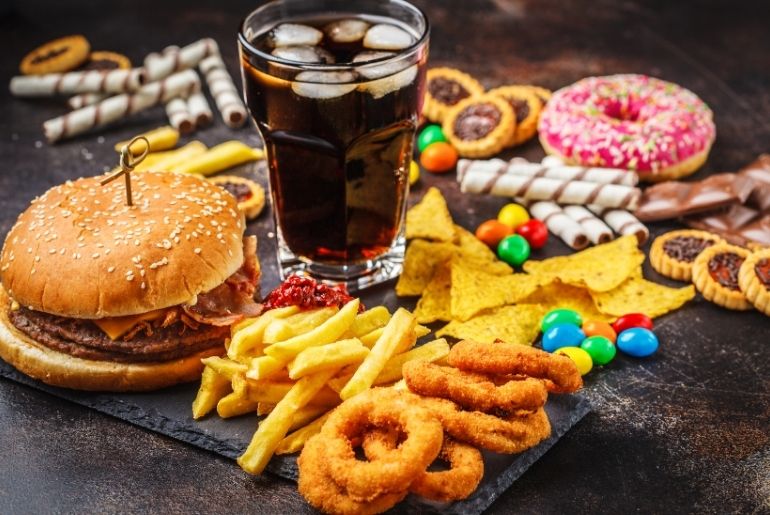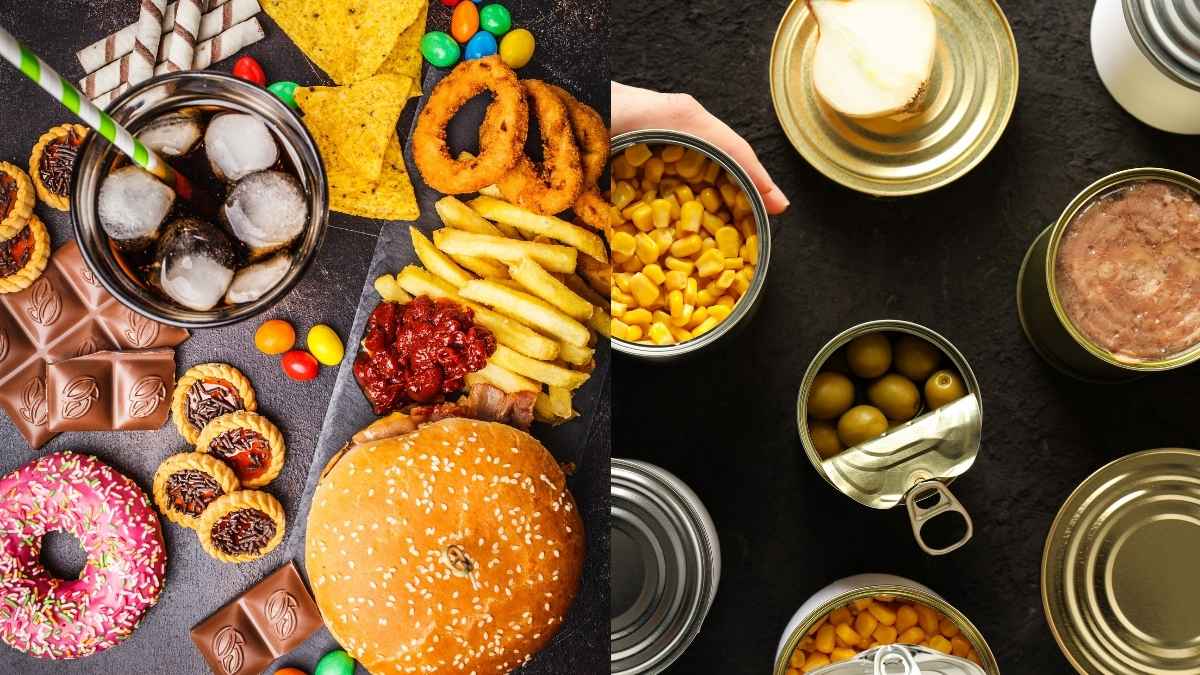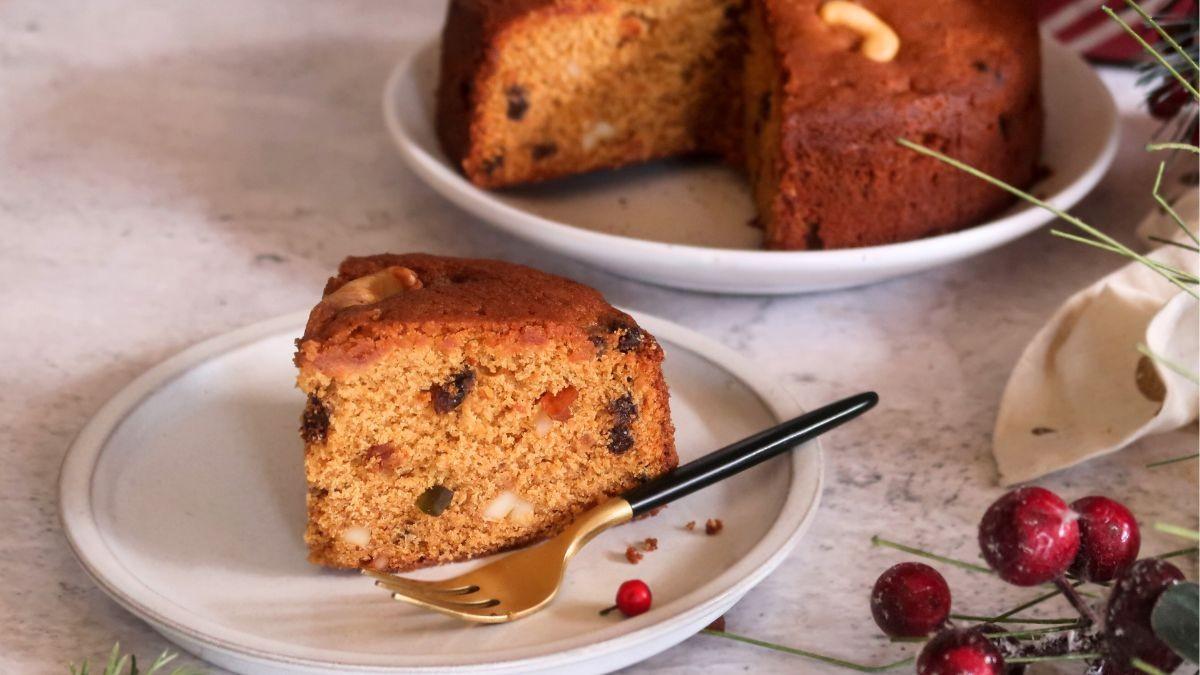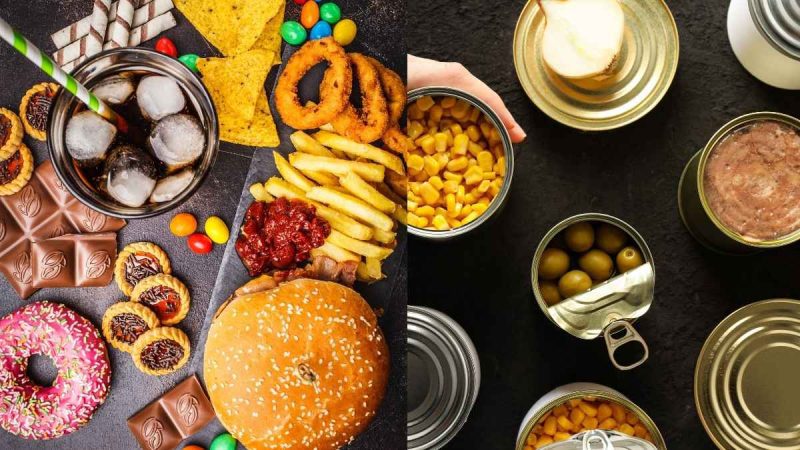A packet of frozen strawberries and a box of frosted snack cakes, both bear the label “processed.” But, that’s where the similarity ends. One was picked in season and frozen to lock in flavour and nutrients and the other was built in a factory and stripped of all its nutrients. Ever wondered what really sets minimally processed foods apart from ultra-processed ones?
What Is Processing? Are All Processed Foods Bad?
Processing, at its core, is any alteration to food’s natural state, whether by freezing, heating, dehydrating, or even just washing. Sometimes it’s a gift, such as milk when fortified with vitamin D and calcium, spinach when cleaned and packaged so you can eat it right away and berries preserved at their ripest state.
But there’s a difficult balancing state here. Processing also strips away valuable nutrients and replaces them with sugar, salt, or synthetic additives.
Minimally processed foods still look like what they started as: a bag of frozen fruit is still fruit and triple-washed spinach is still spinach. The flavour and nutrients are mostly intact, and their role in a healthy diet is clear.
About Ultra-Processed Foods
Ultra-processed foods live at the other extreme. By the time they hit the kitchen shelves, the original ingredients can be hard to spot. Industrial processing folds in artificial colours, flavourings, emulsifiers, and preservatives. Items like pastries, cookies, soft drinks, and pre-prepared meals have such characteristics. They’re engineered to be addictive with a sweet, salty and fatty persona, making overconsumption effortless.
A diet heavy in ultra-processed products doesn’t just add questionable ingredients; it pushes out the foods our bodies actually need. Whole grains, vegetables, fruits, lean proteins, and fibre take a back seat in our diets. The imbalance leads to excess calories and fewer essential nutrients, a combination that nudges the scale upward over time.
Also Read: From Blueberries To Salmon, Discover What Makes Superfoods So Super!
What It Means for Health

When sugar, sweeteners, preservatives, and saturated fats dominate the plate, risks are bound to rise. Health risks such as diabetes, certain cancers, high cholesterol and heart disease become higher. One slice of cake cannot undo a week of good choices, but a daily habit of ultra-processed snacks can eventually leave a mark.
Also Read: Every 10% Increase In Ultra-Processed Foods Increases Type 2 Diabetes Risk By 17%: Study
Right now, most Americans still get the bulk of their calories from ultra-processed foods. Recognising the difference between minimal and ultra processing isn’t a matter of jargon, it’s a step toward eating patterns that feed long-term health. Processing itself isn’t the villain; the intention and the outcome decide whether it’s a benefit or a burden.
Cover Image Courtesy: ninafirsova/CanvaPro and atlasstudio/CanvaPro
For more such snackable content, interesting discoveries and the latest updates on food, travel and experiences in your city, download the Curly Tales App. Download HERE. First Published: August 13, 2025 1:57 PM




